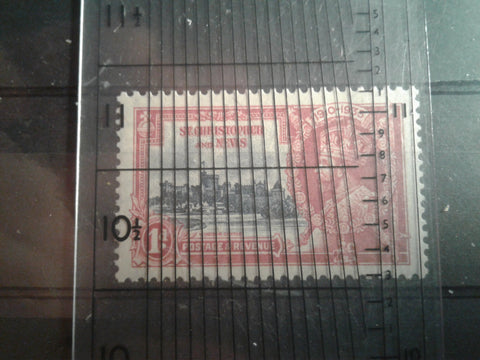Perforations are one attribute of stamps that are quite often identified incorrectly. There are several reasons for this:
- Most catalogues quote perforation measurements to the nearest half, when the actual perforations are not exactly equal to the quoted number. Most cheaper metal, plastic or cardboard perforation gauges are only accurate the the nearest half perforation as well.
- Most collectors therefore become accustomed to matching the stamp they have to the closest number they can on their perforation gauge and then choosing from the catalogue listings, which stamp they have. Generally, the differences between catalogue listings are so significant that it isn't necessary to learn to use an accurate perforation gauge correctly, so that many collectors are unfamiliar with the correct use of an Instanta gauge when they encounter one.
- Most catalogues do not distinguish between comb and line perforations.
- While the catalogue listings generally suffice to identify the basic printings of a set, there are often scarce printings whose perforation differs by one quarter of a hole or less, or it has the same measurement, but is comb rather than line, or vice versa.
- Thus, in order to avoid overlooking better printings of many stamps, it becomes important to obtain an Instanta perforation gauge, and to know how to use it properly.
What Is an Instanta Gauge?
The picture below shows my Instanta gauge that I use:




